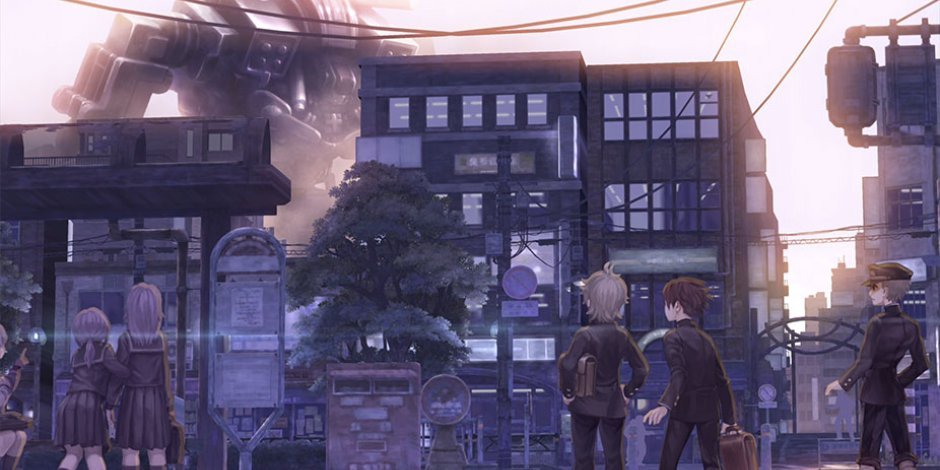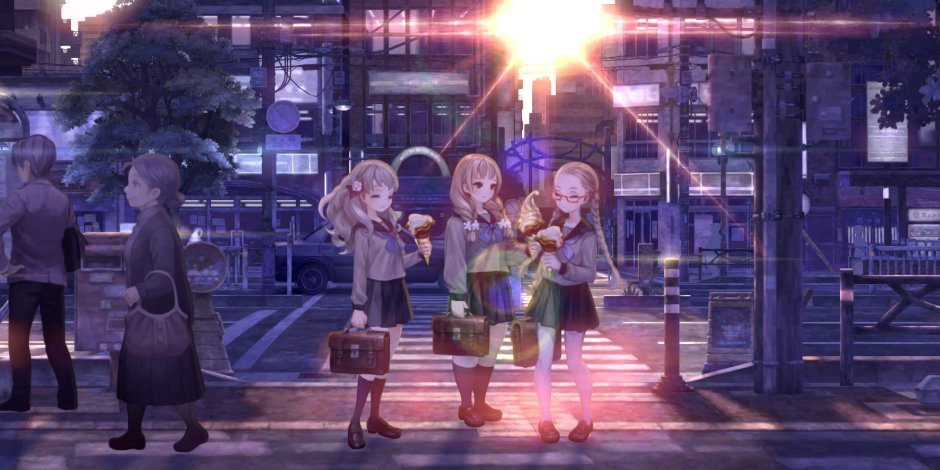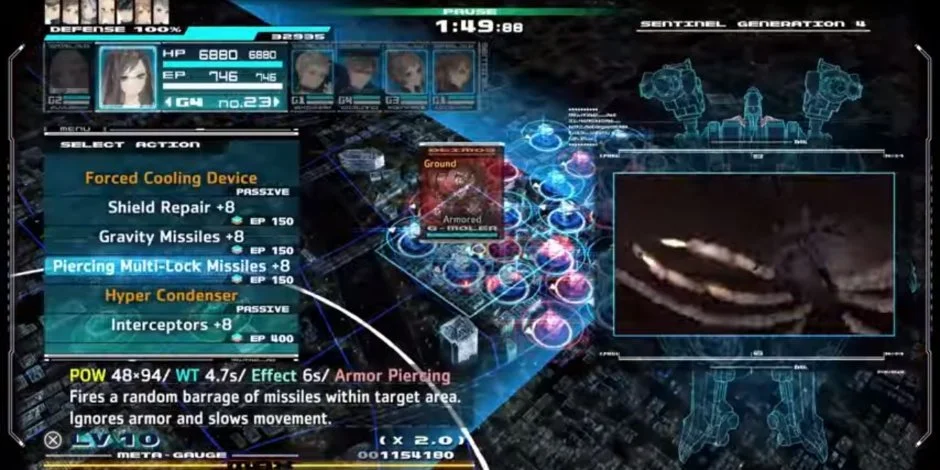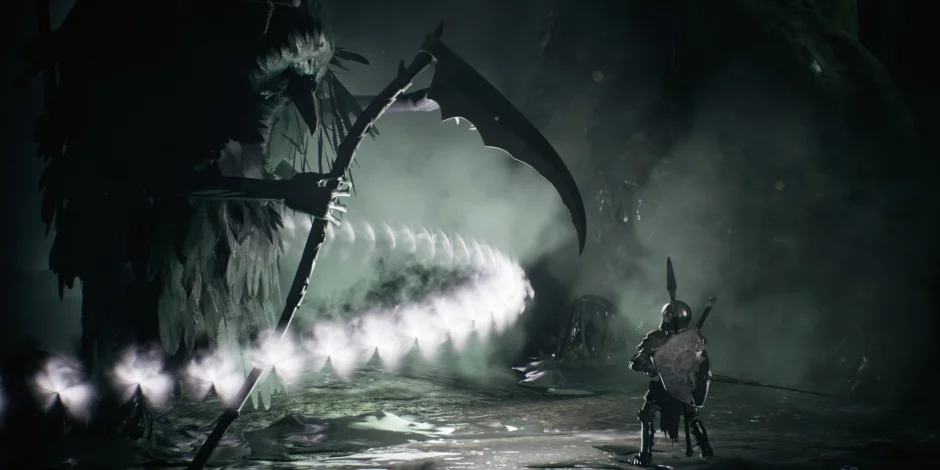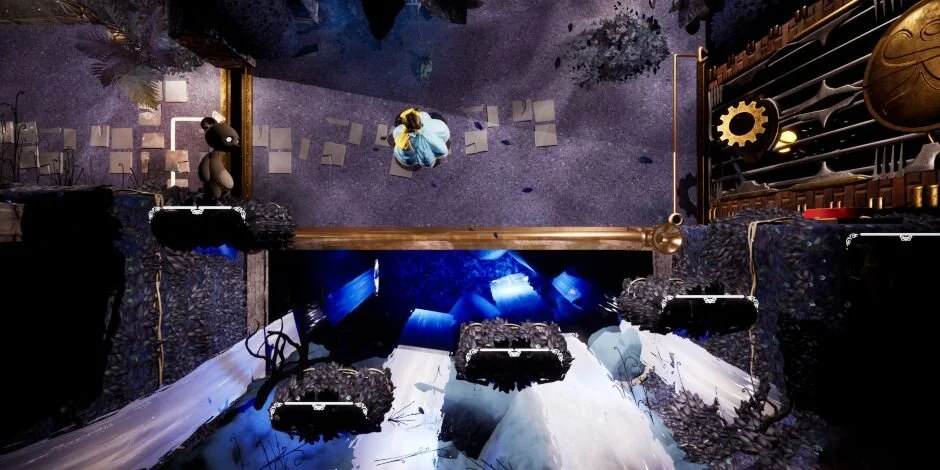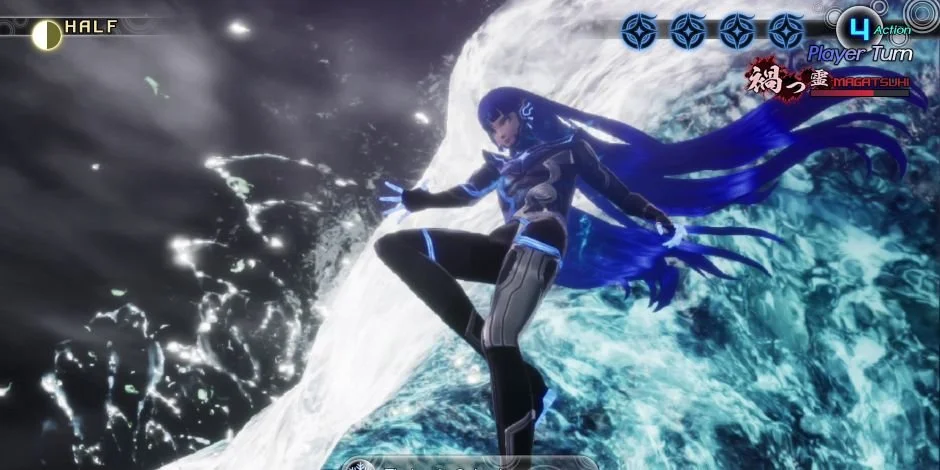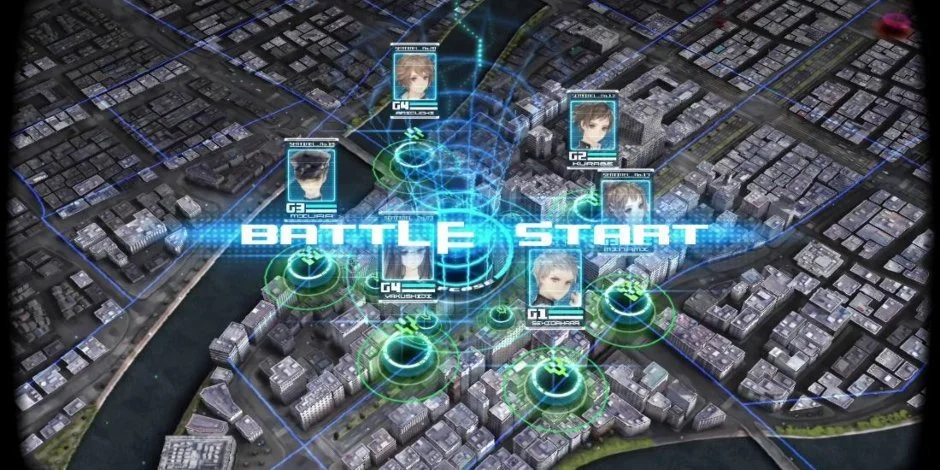Nintendo Switch Review Code Provided by ATLUS
Bringing together more than one plotline in a narrative can be challenging, but the team over at Vanillaware didn’t shy away from the challenge while developing 13 Sentinels: Aegis Rim. In fact, they managed to bring together 13 different characters with their own story segments and make them intertwine with each other. While this was originally published by ATLUS in 2019 as a PlayStation 4 exclusive, they have recently brought the game to the Nintendo Switch. Following its initial release, it was nominated for ‘Best Narrative’ at The Game Awards 2020. Now that they brought it out again, does it still hold up as well?
Story
Weaving together a sci-fi tale through the lives of 13 different characters, this time-traveling narrative takes place during two time periods simultaneously. In the past, you have a narrative-driven experience that tells a little bit of a mystery, one character’s chapter at a time. You must learn about aspects of one character’s storyline in order to unlock paths for another character to follow in theirs. Only through diligent clue following and searching for more information can you come across the answer to some of the questions that bring these characters together; How are they connected? Why are they all having similarly strange dreams? What happened to some of their memories? And what the hell is actually going on?!
Meanwhile, in the present - or future if you prefer - these same characters work together as a fighting squad. Each one of them has their own sentinel to fight the kaiju with and in this time period, everybody seems to be fully aware of who they are, how they are connected, and what their role is on the team. It’s a good thing too because they have to work together if they want to stop the invasion from happening!
Gameplay
When you first start the game, you will go through a tutorial chapter. In this chapter, it will be a mixture of the narrative experience and action experience. I was concerned while playing through this section of the game, which took almost two hours of my playthrough to finish, as I felt there was a lot more talking and narrative to divulge over how much strategic action gameplay was provided. The good news is that after you complete this chapter, it completely changes its approach, but needed to be set up how it was to properly introduce the story and battle mechanics.
After you complete the tutorial, the game will break into three different options. If you want to play through that action and handle the strategic fights against the kaiju, then go into Destruction. If you want to go through the narrative and divulge deeper into the story, then go into Remembrance. Once you have collected some memory points from successful battles in Destruction and completed enough story elements for multiple characters in Remembrance, you can put all the details together in Analysis. Each of these 3 mode choices also has its completion percentage on them as well, so you can know how far along you are with each aspect of the game. Keep in mind, Analysis is more like a fact menu and not another section of gameplay.
During the story sections and what you will play through in Remembrance will follow the path of a different character. In the tutorial, they are chosen for you in a way that introduces each aspect of the story, but after you get to the mode select menu you can pick which character to go follow. In these sections, you will be introduced to various scenes that typically have other characters to talk with. Sometimes the conversation will stop and you just need to talk to them again to keep it going, which was a weird factor for me. But sometimes, after a conversation comes to a pause, you will need to go into your Thought Cloud to think over some details or even bring up something with another character. Other than that, you will sometimes interact with the world itself and find items or collectibles that can be used to further the story.
It is in Destruction that I found the most entertainment in the game myself. Here you will command six units in a battle against the kaiju. You must defend your characters and the kaiju’s main target, the Aegis. It is important to balance your team between support, long-range, and melee fighters. Since you can usually tell what is coming ahead, planning is important. From there, it is learning their different attack types and how to utilize them on the field.
The battles play out as a fast-paced, constant action turn-based strategic fighter. Each of your chosen fighters will be able to take turns attacking, but there is a cool down between their turns. While you are managing their different attacks, watching their health, and making sure they have enough energy to do their best attacks, the enemies will constantly be pushing forward. Only during the attack choice phase does everything pause for a moment, but that is pretty often. When you are choosing an action for a character, they can either move, use one of their attacks, repair (themselves or a nearby teammate), or guard which earns them energy points back.
After battles, you will need to decide if you are going to bring the same team in for the next wave or replace a few members. If you have the same fighter go through too many battles in a row, they will end up being out of commission for at least one battle due to strain. This is regardless of how well they did out in the field. Make sure you are keeping your character’s well-being in mind while managing them.
Also, because you will be using all of your fighters in different groupings, it is a good idea to make sure they are all upgraded accordingly. As you complete battles, you will earn points that can be used to upgrade attacks and purchase other attacks they don’t currently have. The move choices are limited for each character, but they all have a very powerful attack and a steady light attack that are worth upgrading. As you level up, more options will become available to use.
Audio and Visual
The narrative portion of the game does have a beautifully drawn art style to it and has enough proper detail included to really provide an environment and series of events, even in a 2D setting. From the background and characters to the high-quality food, this game is visually appealing. This fact, however, doesn’t transfer over to the battle portion of the game as there it is a simplistic, cyber-focused top-down field that represents a city being invaded. The enemies differ in their own ways and style, but can generally come down to a red square that you need to take out.
As for the audio in this game, it has a similar setup. In the narrative portion, there is wonderful music and a great set of voice acting provided to really push the story forward. However, in the battle portion of the game, the music is pretty generic and the sound effects are just generally what you would expect to hear. At least the voice acting is also in the battle portion, so you get that great quality there as well.
Replayability
There are different difficulties to play the game on if you want more of a challenge, but other than that, I don’t see a reason to go through the game more than once. It will take you a while to fully go through everything and reach the end of both the story and battle portions of the game, let alone putting it all together in analysis.
What It Could Have Done Better
While the story is interesting at times, it did feel a bit dragged out for me. Especially in the tutorial section of the game, I just wanted to move forward through it. It is almost like they wanted to provide an interactive narrative game, but wanted to offer more to the players and threw in the strategic battle gameplay with it. This became more apparent when you beat the tutorial and the mode select menu becomes available so you can completely ignore the battles or completely ignore the story from then on. Story’s in games should be told throughout the game and not as a separate mode, so I definitely don’t recommend using this setup again in future titles.
Verdict
13 Sentinels: Aegis Rim is a fun, strategic game that puts too much emphasis on the story. Regardless of the story being intriguing, the way it was presented to the player just felt disconnected. That section of the game wasn’t fun to play through and just made me look forward to getting back on Destruction. Still, it was a great story with awesome visuals that is definitely worth divulging into but keep in mind that the real entertaining value of this title is in the battlegrounds.
13 Sentinels: Aegis Rim is now available on PlayStation 4 and Nintendo Switch.
